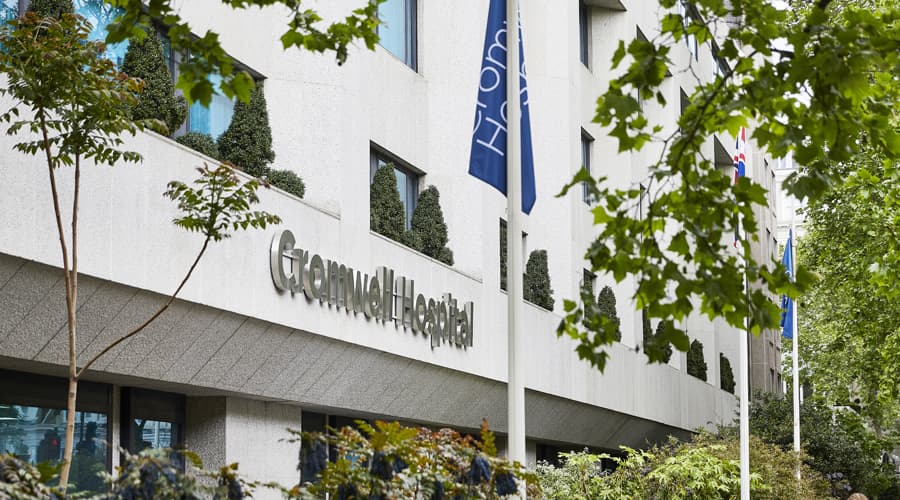Posterior cruciate ligament (PCL) injuries
Less common than anterior cruciate ligament (ACL) injuries, the posterior cruciate ligament is often damaged at the same time as other parts of the knee, or rarely in isolation.
What are PCL injuries?
The posterior cruciate ligament (PCL) is a thick band of tissue that joins the back of the shin bone to the inside of the thigh bone. It forms a cross with the anterior cruciate ligament (ACL), which runs through the middle of knee.
The PCL stops the knee bending backwards – or hyperextending – and stabilises it during rotational movements.
Physiotherapy can help improve PCL damage, but if your symptoms don't get better, or if there is a complete tear, your orthopaedic surgeon may recommend surgery. Most isolated PCL injuries are treated conservatively.
Your PCL can be torn through force to the front of your knee when it’s in a flexed position. Most commonly, it’s caused by:
- a fall onto a bent knee
- impact on a dashboard in a car crash
- during a tackle in sport
A torn PCL makes you feel unstable when going downhill or walking downstairs, or when twisting or pivoting. You may experience moderate pain after the injury and there will be immediate swelling.
If your symptoms suggest a torn PCL, your consultant will carefully examine you and recommend an MRI scan to assess the damage.
Treatment of PCL injuries
Self-care
Most minor soft tissue injury can be managed at home with rest and anti-inflammatories, such as ibuprofen.
Management will involve the PRICE regime (protection, rest, ice, compression, elevation).
Physiotherapy
PCL damage can be improved through physiotherapy. Your physiotherapist will give you exercises to help widen your range of motion and to build up muscle around your knee.
Surgery
Depending on your activity levels, profession, and only if the knee is unstable, your surgeon may offer PCL reconstruction.
The operation is usually carried out through keyhole surgery (arthroscopically). The ligament is repaired by grafting a tendon (either from your own leg, or from a donor) or an artifical ligament (such as the LARS ligament) in place of the PCL. This is done in conjunction with repair of other injuries to the knee, commonly the posterior lateral corner (PLC) or anterior cruciate ligament (ACL).
Complete recovery from surgery can take from six to 12 months with the help of a proper rehabilitation programme, including physiotherapy for nine to twelve months. You may need to wear a brace in the first six to twelve weeks following surgery.
Paying for your treatment
We welcome both self-paying and insured patients.
Self-pay patients
We offer several ways for patients to self-pay, including pay-as-you-go and self-pay packages.
Insured patients
At Cromwell Hospital, we accept private health insurance from most major providers, including AXA, Aviva, Bupa, and Vitality.
Our locations

Book an appointment today
Our telephone lines are open 8am to 8pm Monday to Friday and 8am to 2pm Saturdays.
Alternatively, fill out our appointment request form and we'll be in touch shortly.
Please note - regrettably we are unable to answer specific medical questions or offer medical advice via email or telephone.
